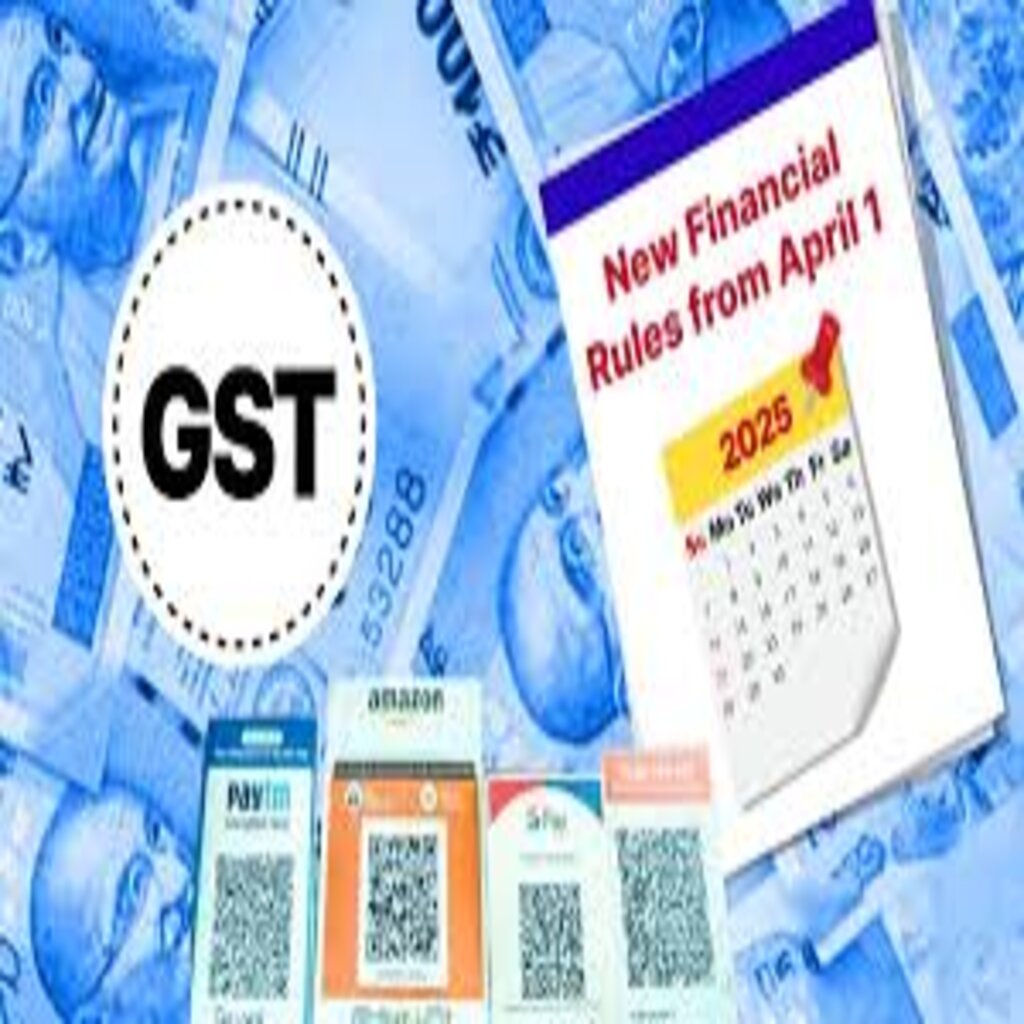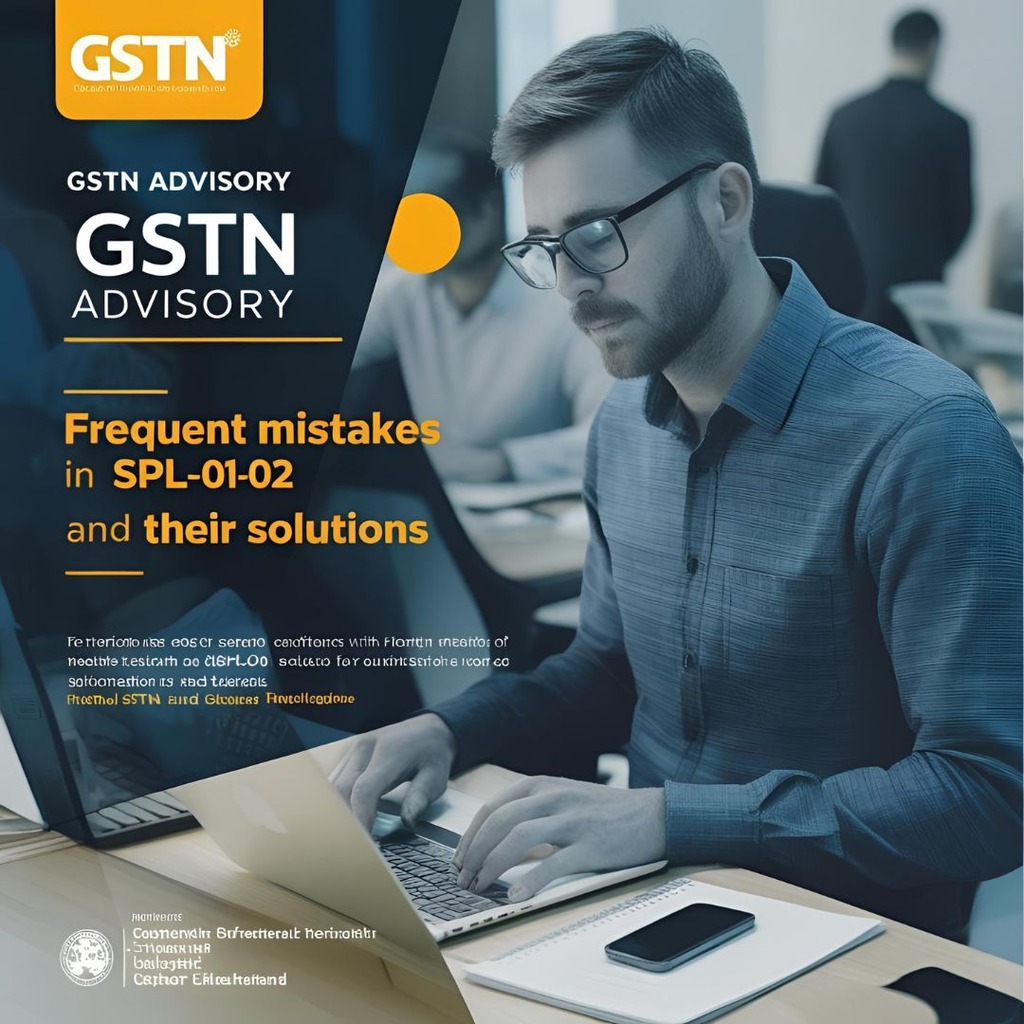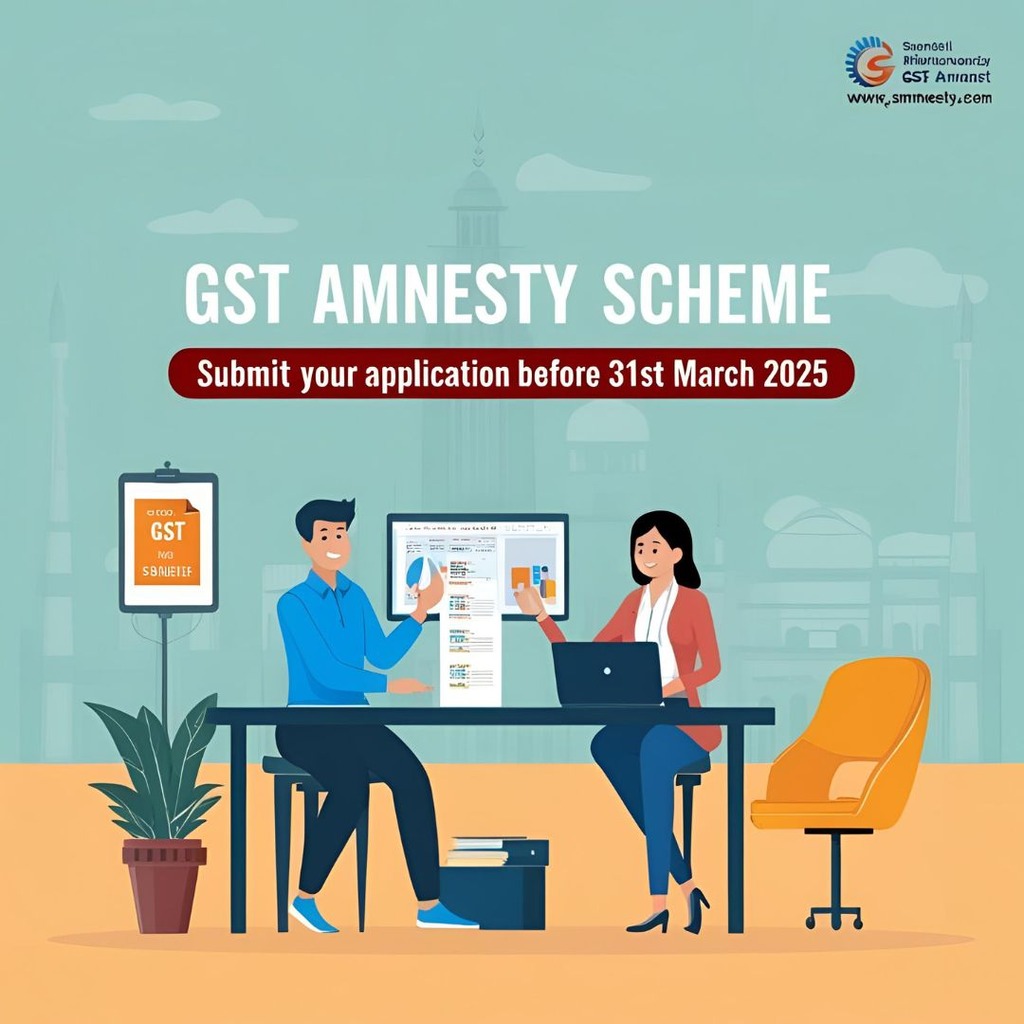Compliance Calendar for Income Tax and GST – April 2025
Timely compliance with tax deadlines is essential for individuals, businesses, and professionals to avoid interest, penalties, and legal issues. April marks the beginning of the new financial year, and it’s crucial to start it right with all key tax and GST filings. Below is a complete compliance calendar covering Income Tax and Goods & Services Tax (GST)due dates for April 2025.
✅ Income Tax Compliance Calendar – April 2025
📌 April 7, 2025
- TDS/TCS Deposit by Government Offices:
Last date for deposit of TDS/TCS by a government office for March 2025. - Note: If paid without an Income-tax Challan, it must be deposited on the same day.
- Form 27C Upload:
Upload declarations received in Form 27C from buyers for March 2025 transactions.
📌 April 14, 2025
- TDS Certificate Issuance (for February 2025 deductions):
- Under Section 194-IA: On transfer of immovable property.
- Under Section 194-IB: Rent payments by individuals/HUFs not under tax audit.
- Under Section 194M: Payments to contractors/professionals by non-audit individuals.
- Under Section 194S: Transfer of virtual digital assets (by specified persons).
📌 April 15, 2025
- Form 15CC:
Quarterly submission by Authorized Dealers regarding foreign remittances made during Jan–Mar 2025. - Form 3BB by Stock Exchanges:
Statement of client code modifications in March 2025. - Statement by Recognized Association:
On client code modifications during March 2025.
📌 April 30, 2025
- Form 24G Submission:
For government offices that deposited TDS/TCS for March 2025 without challan. - Challan-Cum-Statement Filing (for March 2025 TDS under the following sections):
- 194-IA – Property transfer
- 194-IB – Rent
- 194M – Contractors/professionals
- 194S – Virtual digital assets (by specified persons)
- TDS Deposit (Non-Government Deductors):
Last date to deposit TDS by non-government deductors for March 2025. - Form 61 Filing:
E-filing of declarations received in Form 60 from October 1, 2024 to March 31, 2025. - Form 15G/15H Upload:
Upload declarations received from recipients for quarter ending March 2025. - Quarterly TDS Deposit (If Allowed by AO):
- Under Sections 192 (Salaries), 194A (Interest), 194D (Insurance Commission), and 194H (Brokerage).
- Applicable where AO has permitted quarterly payment – deposit for Jan–Mar 2025.
- Pension Fund Reporting:
Intimation by a pension fund on investments made in India for Jan–Mar 2025. - Sovereign Wealth Fund Reporting:
Intimation by Sovereign Wealth Funds on Indian investments during Jan–Mar 2025.
✅ GST Compliance Dates – April 2025
📌 April 10, 2025
- GSTR-7 Filing:
Due date for persons required to deduct TDS under GST for the month of March 2025.
📌 April 11, 2025
- GSTR-1 Filing (Monthly):
For taxpayers with annual turnover > ₹1.5 crore or who have opted for monthly filing.
📌 April 13, 2025
- GSTR-6:
For Input Service Distributors (ISD) for March 2025. - GSTR-5:
For non-resident taxable persons. - Invoice Furnishing Facility (IFF):
For taxpayers under the QRMP scheme to upload B2B invoices for March 2025. - Quarterly GSTR-1 (QRMP scheme):
Filing for Jan–Mar 2025 quarter.
📌 April 20, 2025
- GSTR-3B (Monthly):
For taxpayers with:- Annual turnover > ₹5 crore, or
- Opted for monthly filing, for March 2025.
- GSTR-5A:
For OIDAR service providers (Online Information & Database Access/Retrieval).
📌 April 22, 2025
- Quarterly GSTR-3B (Group 1 States/UTs):
For Jan–Mar 2025 quarter under the QRMP scheme.
📌 April 24, 2025
- Quarterly GSTR-3B (Group 2 States/UTs):
For Jan–Mar 2025 quarter under the QRMP scheme.
🔄 Other Key Tax Compliance Deadlines
🔹 Advance Tax Payments (FY 2025-26):
- 1st Installment – June 15, 2025: 15% of estimated annual tax.
- 2nd Installment – September 15, 2025: 45% of estimated tax (cumulative).
- 3rd Installment – December 15, 2025: 75% of estimated tax (cumulative).
- Final Installment – March 15, 2026: 100% of estimated tax.
🔹 TDS Return Filing:
- May 31, 2025:
Due date for filing TDS returns for Q4 of FY 2024-25 (January to March 2025).
🔹 MCA (Company) Filings:
- June 30, 2025: Form DPT-3 (Return of Deposits).
- September 30, 2025: DIR-3 KYC (Director KYC compliance).
- October 14, 2025: ADT-1 (Auditor appointment details, if AGM held on Sept 30).
- TDS Certificate Issuance (for February 2025 deductions):










